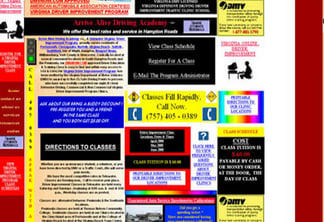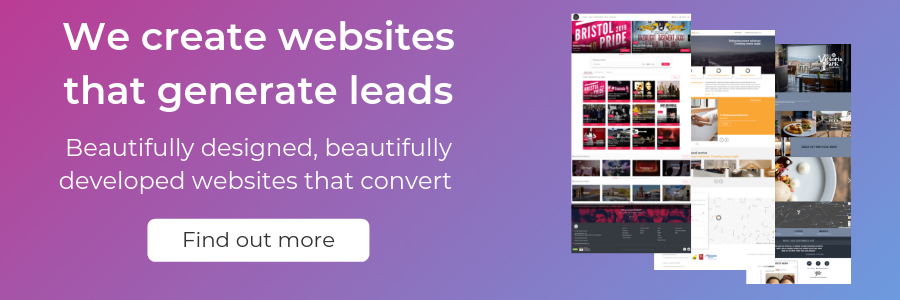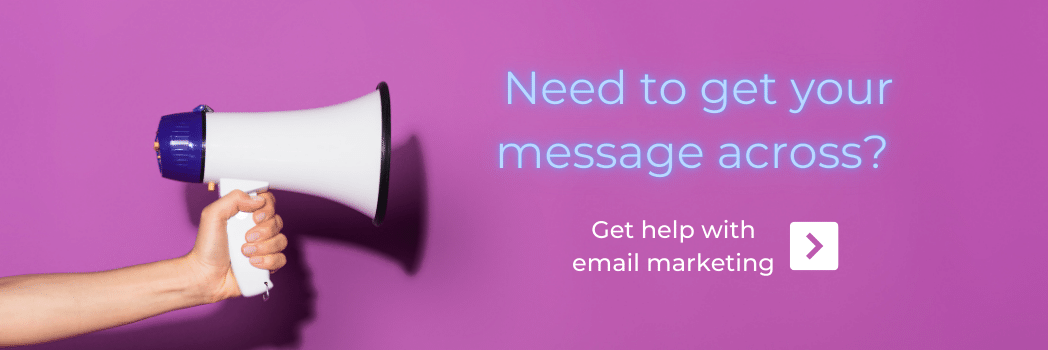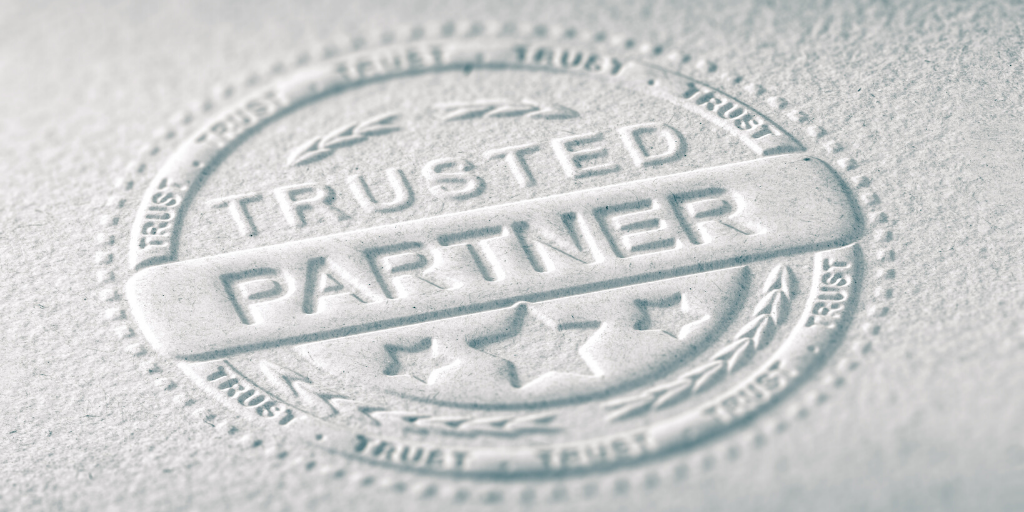Working in an agency that offers website design and development, we've come across a whole host of myths and misconceptions when it comes to the process of getting a new website. So, we've pulled together some of the most common ones here, so you don't fall prey to them! Build your website yourself? Check out our 5 most common mistakes with DIY websites!
1. MYTH: Creating a website is a linear, one-off process
This is the most common misconception we hear from people.
But think of it like this... People are flexible and constantly changing. Similarly, websites are human products aimed at other humans - so they have to be equally as fluid to keep up with how we all change. In fact, websites change really fast! You wouldn’t see the same website designs now that you saw, say, 5 years ago. Let alone ones like this, that were cutting edge at the time:

A lot of people assume that creating a website is a linear process that has a beginning, middle and an end. In reality, websites require more of a loop/ongoing process. The difference is that some websites need to ‘rotate’ faster to gain or retain traffic and conversions.
If you bought a car 20 years ago, you wouldn't expect that car to compete with the cars that are made recently. The car might still be functional, but people expect a lot more features from a car today, so your vintage model wouldn't be their first choice. People keep innovating, redesigning, and updating cars to sell, just like websites.
Once you have a new website, that doesn't mean you're done forever. At some point, it's going to need to be updated again. Who knows, maybe in 5 years we'll all be expecting virtual reality elements during our web browsing.
2. MYTH: Once a website is launched, it’s a cakewalk from there
Sadly, this is not the case. Websites aren't a 'go live and forget about them' thing. There's monitoring and maintenance that needs to happen, at a minimum. The web changes even more rapidly than individual websites, and as new security threats arise, you need to be taking care of the relevant features of your site.
On top of that, it’s great to launch a website, but it’s another story to build the traffic to that new website. If we’re building a site, it’s good practice to understand about other elements that are inherently important to the website such as how the internet, browsers, and search engines work. Through digital marketing, you can make sure your new website doesn't just sit there looking pretty, but that it generates traffic, leads, and customers for your business.
3. MYTH: You have to like your website
Of course, you'd want to like the look of your website. It's natural. But ultimately, the goals of your business are more important than personal preference. And often those goals are better met by a website that's designed to lead customers on the right journey than one that looks super fancy.
The website is made by you, not for you. You need a website that is based on the kind of target audience you want to attract while following good design principles, such as clean and uncluttered design, and aligning to your overall brand and style.
Tip: Be sure to ask yourself the following questions: what age is your target audience? What are they looking for? How do they engage online?
4. MYTH: Minimalism is king
Since the cluttered sites of the early internet, we've been seeing increasing strides towards minimalism. Just look at Apple - their site is sleek, minimal, and free of distraction.
A couple of years ago everyone started using flat design, flat colours, minimal navigations, and sparse text.
However, minimalism isn't always the right choice. Apple can do it, because their brand is so well known that they don't need a lot of text on the page. But most businesses need enough content to attract, engage, and delight their visitors. And you can't always do that in a hyper-minimal design.
eCommerce sites are often less than minimal, too. After all, how are people going to be enticed in to browse if everything is stripped right back? Take eBay, for example - the homepage is filled with products, multiple navigations and layers and layers of banners and products but it doesn’t make it less functional than a minimalist design website. It is still more streamlined than it used to be when it first started out, and that's the crucial part - it's easier to view and navigate, without losing the content it needs. If you want to increase your conversions, check out these 5 website elements.
5. MYTH: The more features, the better
We've had too many clients to count asking if they could implement this thing and that thing, and this other thing, on the website. New features come out and of course we as humans want to include them to show we're modern and keeping up and know what things like 'blockchain' mean.
But widgets, QR codes, chatbots, parallax windows, never-ending scrolling, and every other web design element that comes up - they're not suitable for every website. Some might be perfect for you, others might be nice to have, but there will always be plenty that simply add nothing to your user experience.
In fact, the more features you implement, the more variables there are. More elements that need to be integrated, more time to load the page, more tweaks and customisation to the code...
With any feature request, we always go back to the user. Will this improve user experience? Will it help the conversion path? Or will it have a detrimental effect? It's all about balance and finding the most appropriate features for your specific website.
6. MYTH: The homepage is the most important element
The homepage is one of the most visited and most important pages of a website, no question. But homepage views are decreasing, and you'll find that plenty of other pages are contributing far more value.
When someone types a search query into Google, the results will be the best page for that specific query. Sure, if they searched for your business, then your homepage would likely be the best. But if they're looking for a product, Google is more likely to serve up that product page because it's a better answer to that query.
So, putting too much focus on the homepage isn't necessary. Rather, try to have consistent and concise content, and ensure the rest of your site is designed, written, and built with user experience at the forefront.
7. MYTH: Design fixes everything
The design is an essential tool to support your website content, not the other way around. It’s lovely to have a fancy design but it doesn’t always mean it’s the best practice. Web design is about a lot more than making a website look good - it’s about how it works, how a visitor moves around, how content is signposted, and how your conversion paths are laid out.
It's about the correct and efficient way rather than the cool way.
Design cannot fix a lack of content or poor content. So, make sure to generate relevant and engaging content to really make your website work. That's how you get new visitors and keep them around long enough for them to want to become customers.
8. MYTH: A new website means more traffic right away
You just launched a new website with a cool design, but don’t expect to see thousands of new customers coming in the very next day! A new design doesn’t automatically grow your traffic or fix your conversion rate. It's one thing to launch a well-designed website, it’s another thing to bring in greater traffic and conversions. Having a well-designed website is certainly a step in the right direction but it’s not the end of the line for the hard work.
It takes time to build your audience with a consistent SEO strategy, constant monitoring, and updates, and adding new content to help your website show up in the search engine results.
If there were elements of your old site that were inhibiting traffic - it was too slow, or not secure, for example - then you should see an uplift over the first few months of having your new site. But you'll definitely need a strategy to keep increasing and improving your traffic.
9. MYTH: I don’t need a mobile or responsive site because most of my visitors are on a desktop
Like it or not, mobile traffic is surpassing desktop traffic so by not having a responsive website, you’re automatically alienating millions of potential customers.
But what if you've looked at your analytics and you can see that the vast majority of your visitors are on desktop? Surely then you don't need to worry, right? Wrong!
Google has moved to a 'mobile-first indexing' method. That means that they crawl the mobile versions of websites rather than the desktop ones, because no matter what the stats for your individual site, it doesn't change the fact that the majority of web traffic globally is through mobile devices.
As far as Google are concerned, a site needs to be responsive to be effective. Therefore, that's what they're looking for, no matter what. Which means it doesn't matter where your traffic is coming from, you still need a mobile-friendly design.
Responsive design is not a nice-to-have, it’s a must-have.
10. MYTH: Websites can be done on a really tight budget
The process of designing and building a website can vary from one project to another. But generally, the old saying “you get what you pay for” applies. If your budget is really thin, expect a result that matches.
As obvious as it sounds, higher budgets get you better content, design, code, and experience. But don’t be discouraged, what you need is to do a bit of a research into what you can afford to get that sweet spot between budget and result.
Dirt cheap websites tend to be built from templates that are skimmed over with your company colours and have only a few pages included. For a micro business, this is ideal - you're probably not in the market for a big, all-singing, all-dancing custom site.
But if you want more than a few pages, or you need custom elements, you want to be able to keep the site updated easily, or you want control over layouts and formats and user experience, you need a bespoke web development. That's not the cheapest option in the world, but it pays dividends in the long run.
If you’d like work with a business that can design a future-proof website for your business objectives, then get in touch with our web design team in Bristol. Our Digital and Design teams work hand in hand to ensure a website that fits all your criteria and, ultimately, generates you new business.







